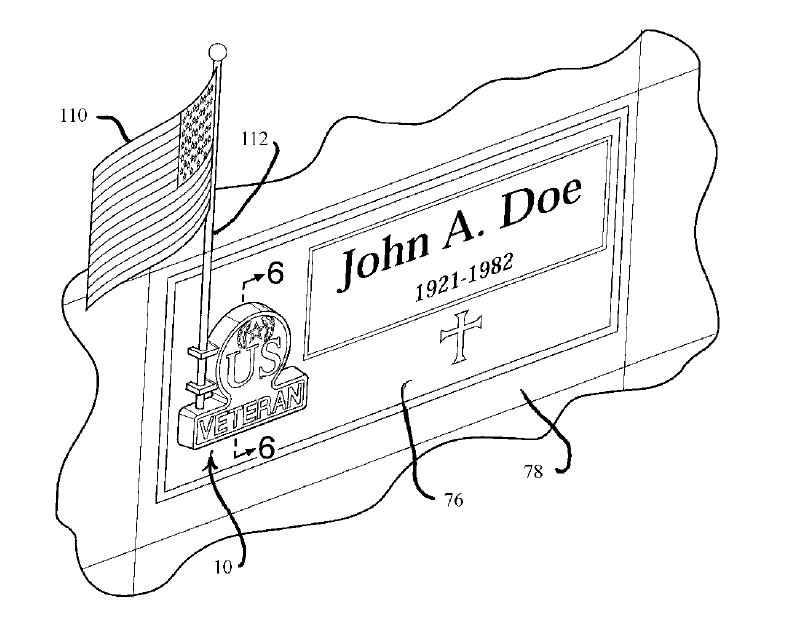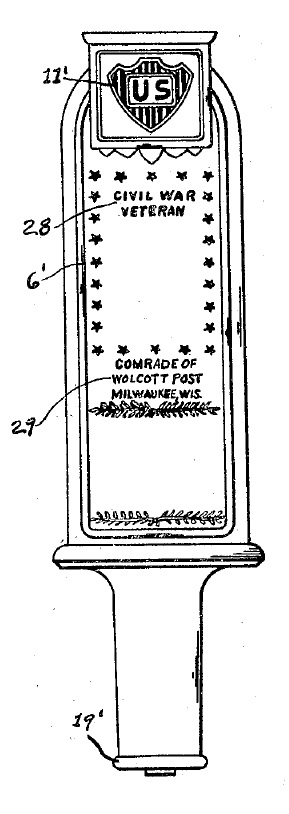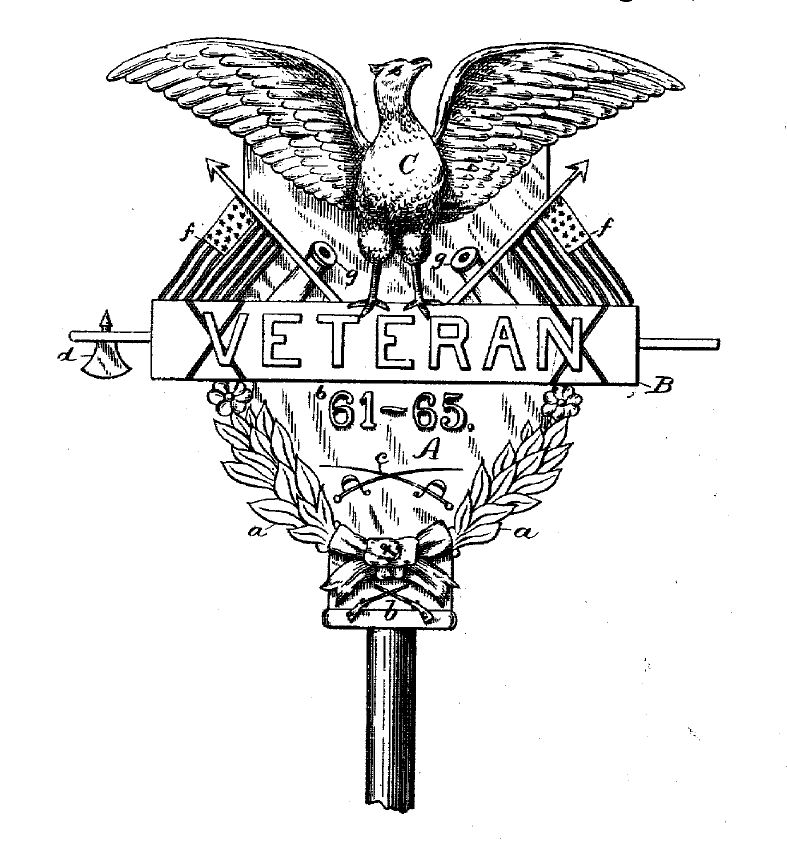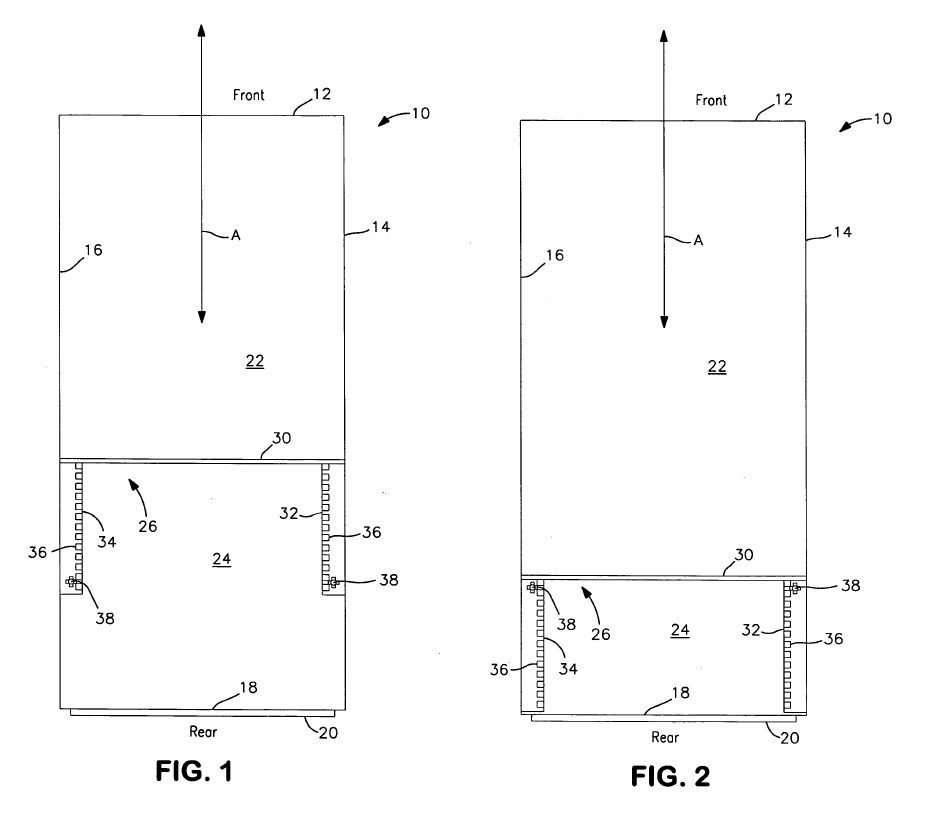In Airbus S.A.S. v. Firepass Corp., [2019-1803](November 8, 2019), the Court of Appeals for the Federal Circuit vacated the PTAB’s reversal of the Examiner’s rejection of new claims presented by patent owner Firepass Corporation in an inter partes reexamination of U.S. Pa-tent No. 6,418,752.
The ’752 patent discloses a fire prevention and suppression system that prevents and extinguishes fires using breathable air instead of water, foam, or toxic chemicals—each of which can present risks to personnel or electronic equipment.
The invention is based on the inventor’s alleged discovery that a low-oxygen (“hypoxic”) but normal pressure (“normbaric”) atmosphere inhibits fire ignition and combustion, yet remains breathable for humans. In rejection the claims the Examiner relied upon prior art including a patent to the same inventor on a generator for creating a hypoxic environment for athletic training or therapy. The Board reversed the rejection of the claims accepting the patent owners argument, raised for the first time on appeal, that the prior patent was not analogous art to the claimed invention of the ’752 patent, and is therefore not relevant prior art for the purposes of obviousness.
The Federal Circuit reiterated that a reference qualifies as prior art for an obviousness determination only when it is analogous to the claimed invention. The Court noted two tests separate tests defining the scope of analogous prior art: (1) whether the art is from the same field of endeavor, regardless of the problem addressed and, (2) if the reference is not within the field of the inventor’s endeavor, whether the reference still is reasonably pertinent to the particular problem with which the inventor is involved. The Federal Circuit held that the Board’s “field of endeavor” determination was supported by substantial evidence, but the Board erred in its “reasonably pertinent” determination because the Board declined to consider record evidence advanced by Airbus to demonstrate the knowledge and perspective of a person of ordinary skill in the art at the time of the invention.
With respect to the field of endeavor analysis, the Federal Circuit said that to determine the applicable field of endeavor, the fact finder must consider “explanations of the invention’s subject matter in the patent application, including the embodiments, function, and structure of the claimed invention. While the disclosure of the references is the primary focus, this court has also instructed that the fact finder must consider each reference’s disclosure in view of the reality of the circumstances and weigh those circumstances from the vantage point of the common sense likely to be exerted by one of ordinary skill in the art in assessing the scope of the endeavor. The Board could not say that the Board’s finding was unreasonable.
With respect to of the reasonably pertinent test, the Federal Circuit explained that outside of an inventor’s field of endeavor, it only presume knowledge from those arts reasonably pertinent to the particular problem with which the inventor was involved. This rule reflects the reality of the circumstances that an inventor could not possibly be aware of every teaching in every art. The pertinence of the reference as a source of solution to the inventor’s problem must be recognizable with the foresight of a person of ordinary skill, not with the hindsight of the inventor’s successful achievement. A reference outside an inventor’s field of endeavor is “reasonably pertinent” only if its subject matter logically would have commended itself to an inventor’s attention in considering his problem.
The Federal Circuit said that the Board accurately observed that the examiner’s rejection did not “provide or explain the requisite correlation” between the problems addressed by the reference and the patent, but expressly declined to consider multiple references in the record that Airbus asserted would establish the necessary link. The Federal Circuit held that the Board erred by refusing to consider the references in support of the reasonably pertinent test. Because a “reasonably pertinent” reference is one that an ordinarily skilled artisan would reasonably have consulted in seeking a solution to the problem that the inventor was attempting to solve, the reasonably pertinent inquiry is inextricably tied to the knowledge and perspective of a person of ordinary skill in the art at the time of the invention. In order to determine whether a reference is “reasonably pertinent,” a reasonable fact finder should consider record evidence cited by the parties to demonstrate the knowledge and perspective of a person of ordinary skill in the art at the time of the invention.
The Federal Circuit vacated the Board’s reversal of the examiner’s rejection and remanded for the Board to reconsider its analogous art determination.





